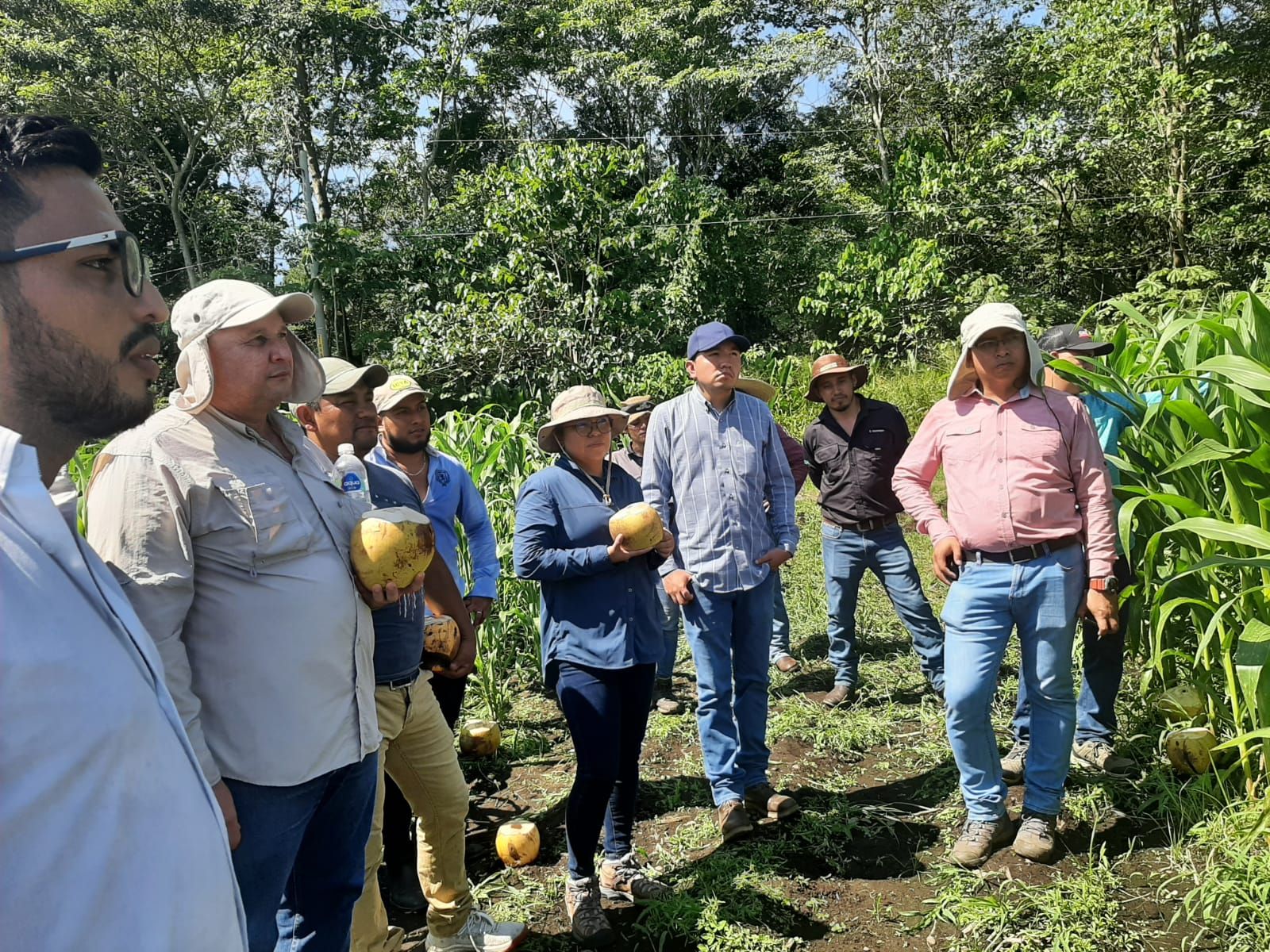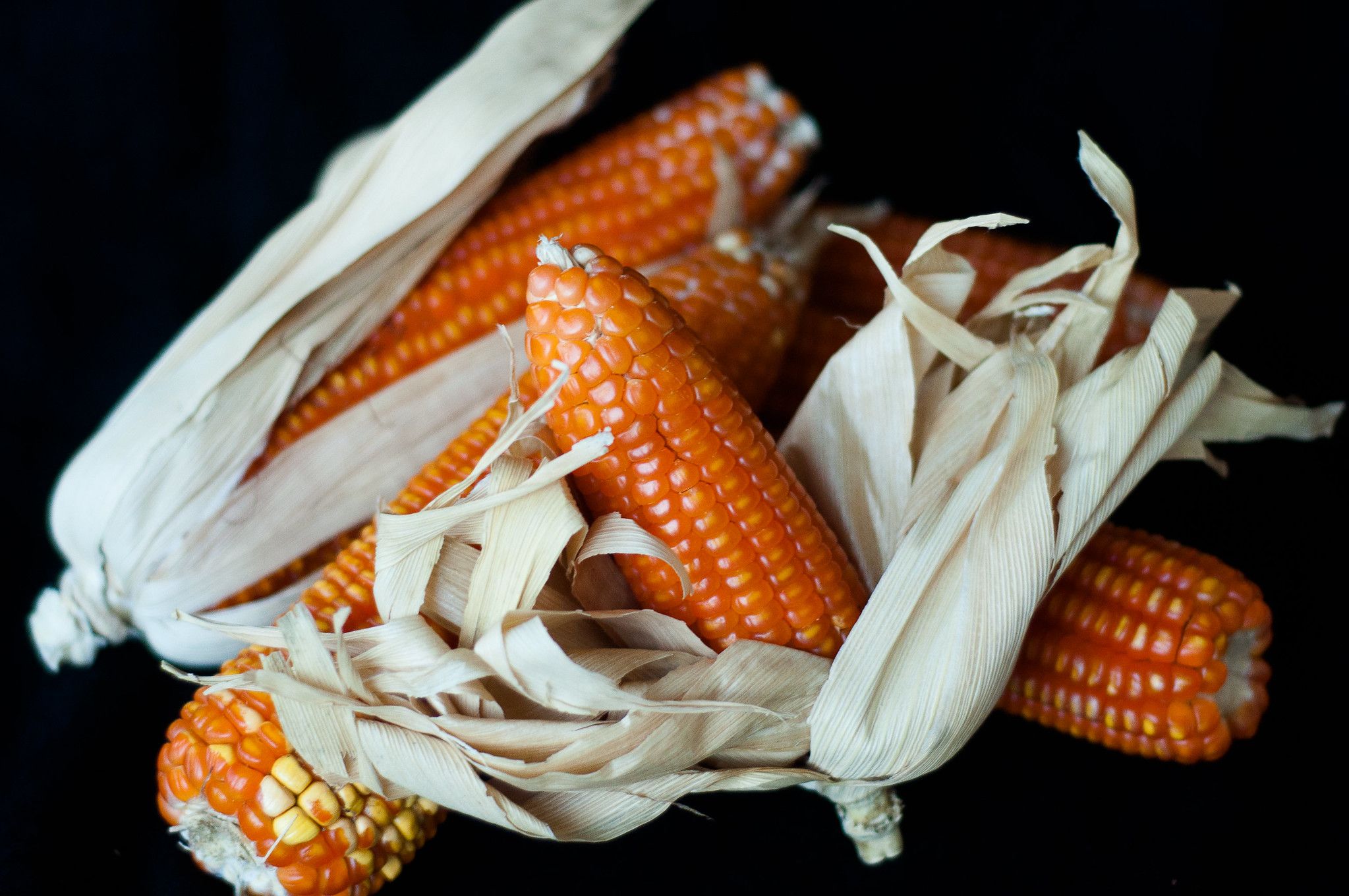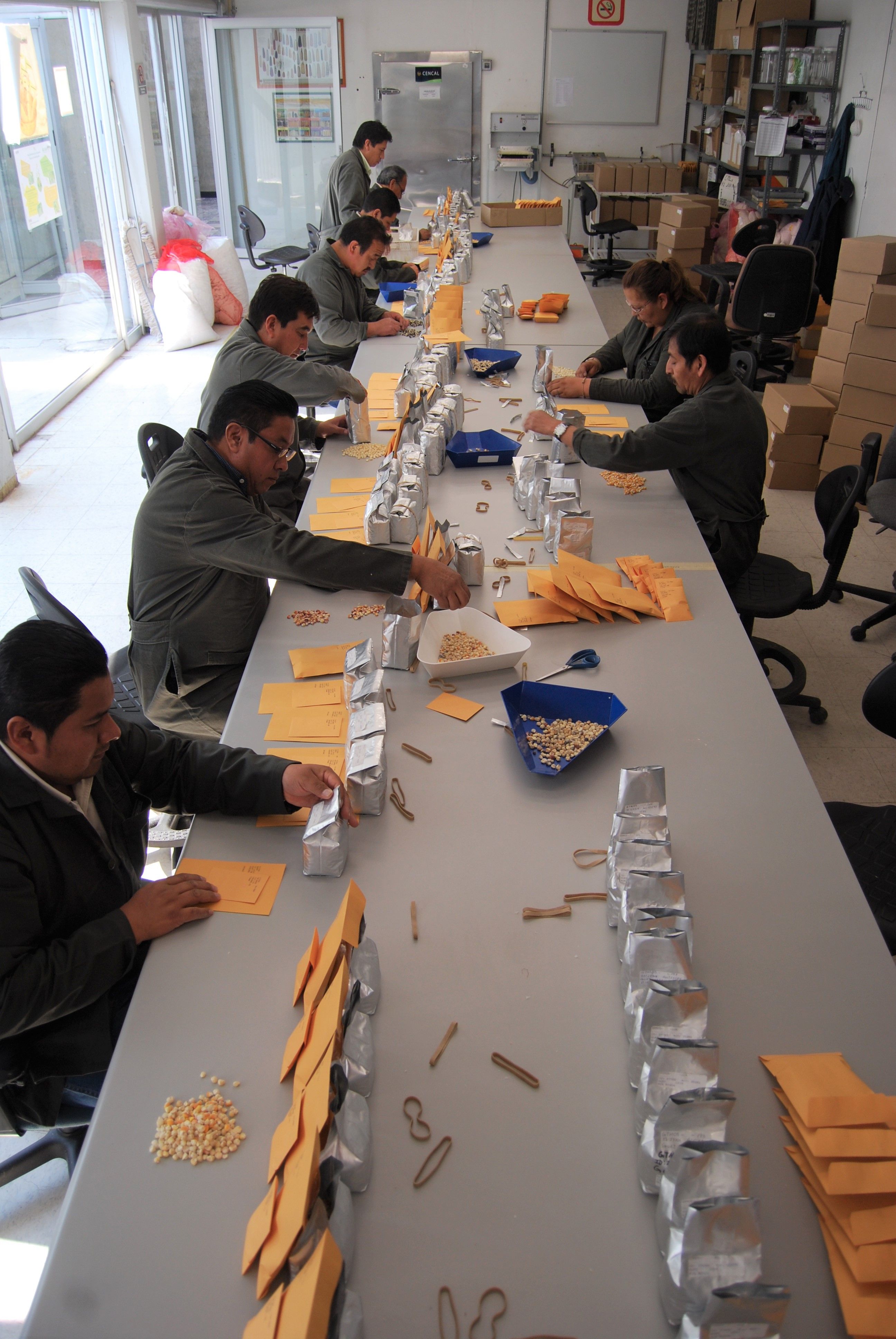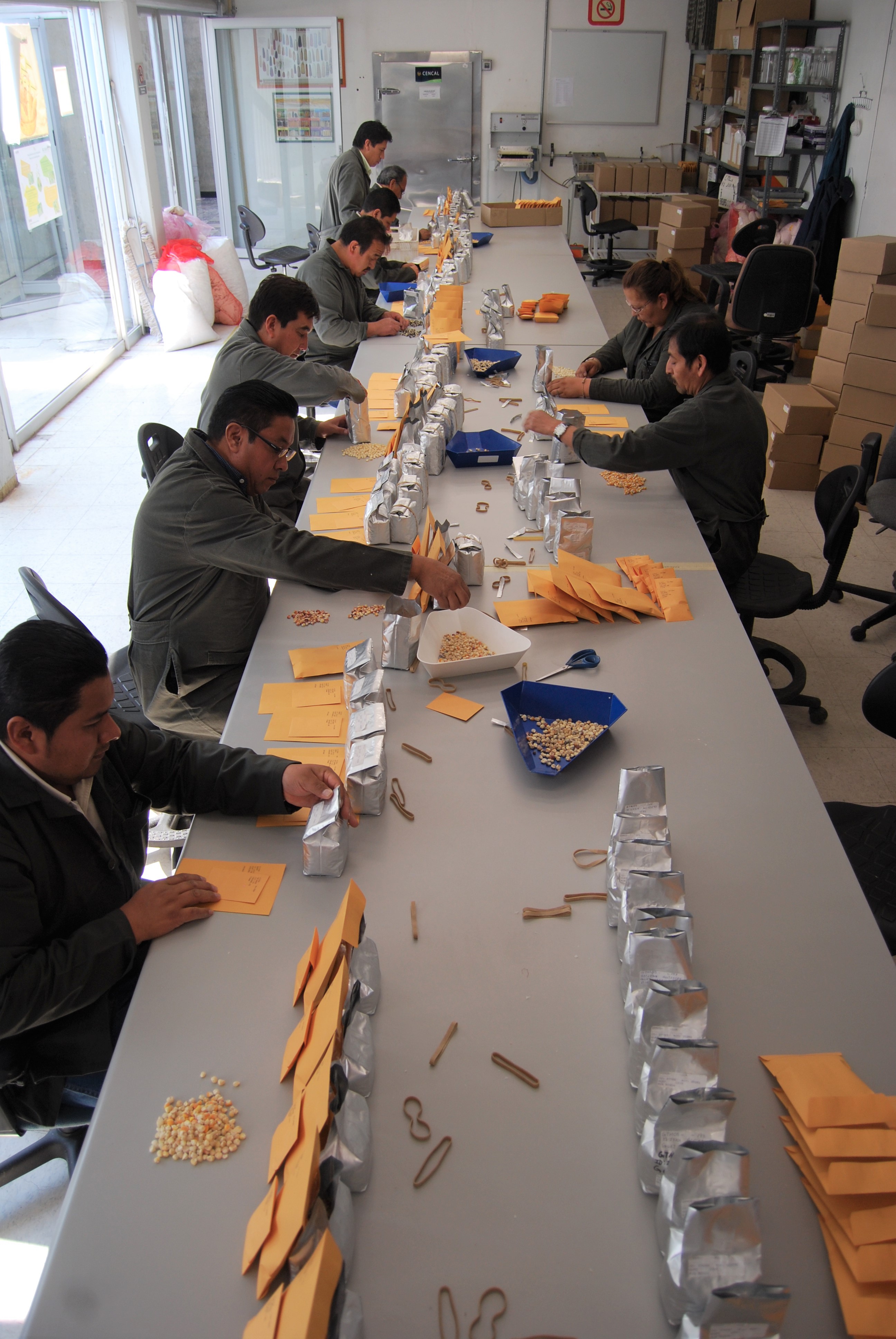Building capacities in genetic resources and seed production strengthens collaboration ties between Guatemala and CIMMYT
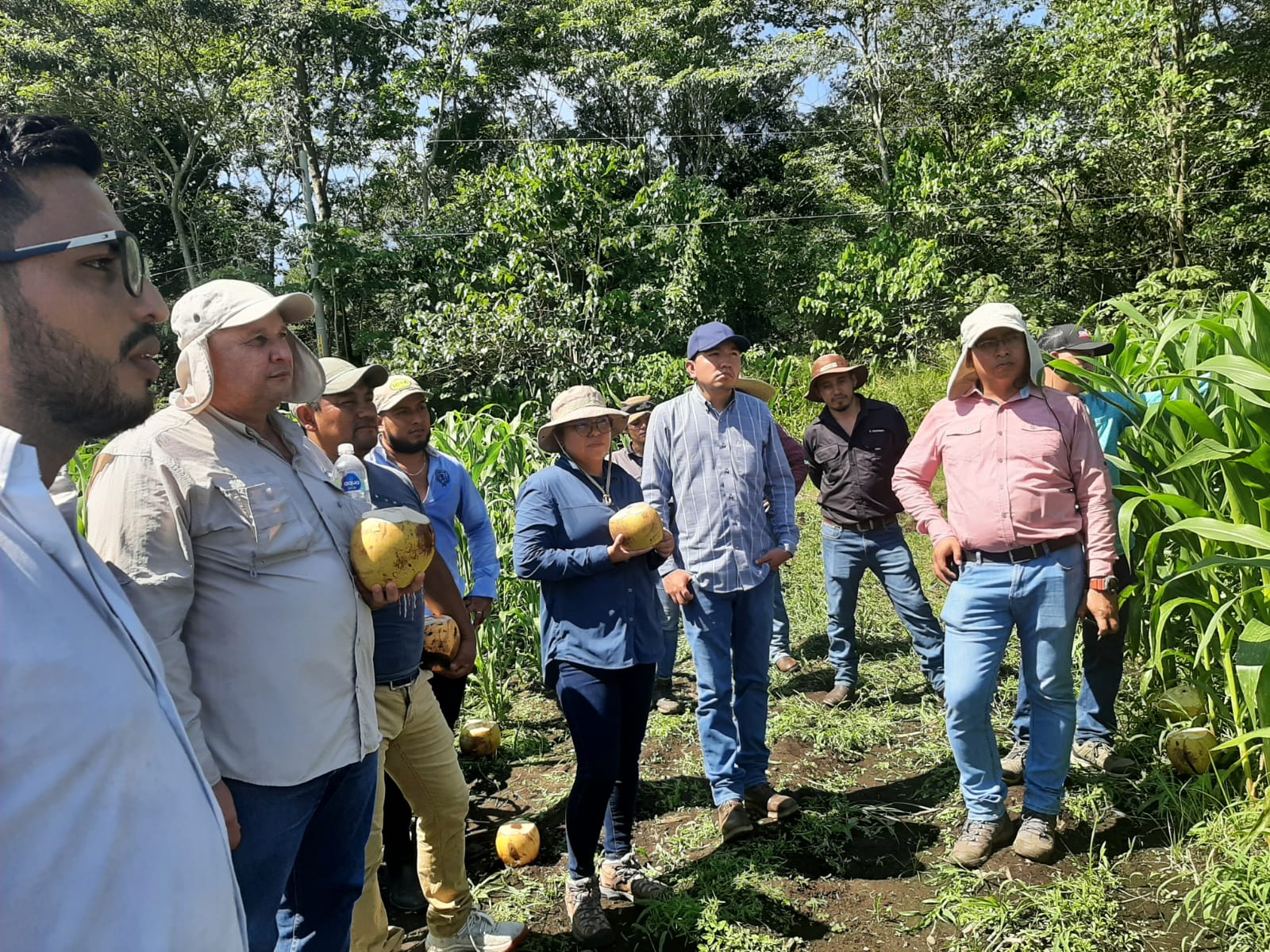
More than 20 participants attended the genetic resources and seed production courses given by researchers from the Global Maize Program of the International Maize and Wheat Improvement Center (CIMMYT), from October 24 to 28 in Antigua, Guatemala. Among the attendees were technicians and researchers from the Institute of Agricultural Science and Technology (ICTA, for its acronym in Spanish), as well as students from Universidad Rafael Landívar and the University Centers of Chimaltenango (CUNDECH, in Spanish) and Quiché (CUSACQ, in Spanish) of Universidad de San Carlos de Guatemala.
Thanks to the support of the Global Environment Facility (GEF), the Tropical Agricultural Research and Higher Education Center (CATIE, in Spanish), the National Council for Protected Areas (CONAP, in Spanish) and the United Nations Environment Program (UNEP), these courses contributed to the development of a biosafety project, supported by GEF and UNEP, to complete the implementation process of the Cartagena Protocol through an innovative approach that promotes a strong link between biotechnology and biodiversity. In addition, it sought to strengthen capacities in the performance and interpretation of molecular analyses and promote the generational change that is gradually taking place in this Central American country.
Activities began on October 24 and 25 with the course on Statistics Applied to Genetic Resources given by Juan Burgueño, Head of CIMMYT’s Biometrics and Statistics Unit, to students from the aforementioned universities and ICTA staff interested in the analysis of molecular data for the purpose of characterizing accessions and the formation of core collections in germplasm banks. On the 26 and 27 of the same month, César Petroli, a specialist in high-throughput genotyping at CIMMYT, offered a course on biotechnology and high-throughput genotyping.
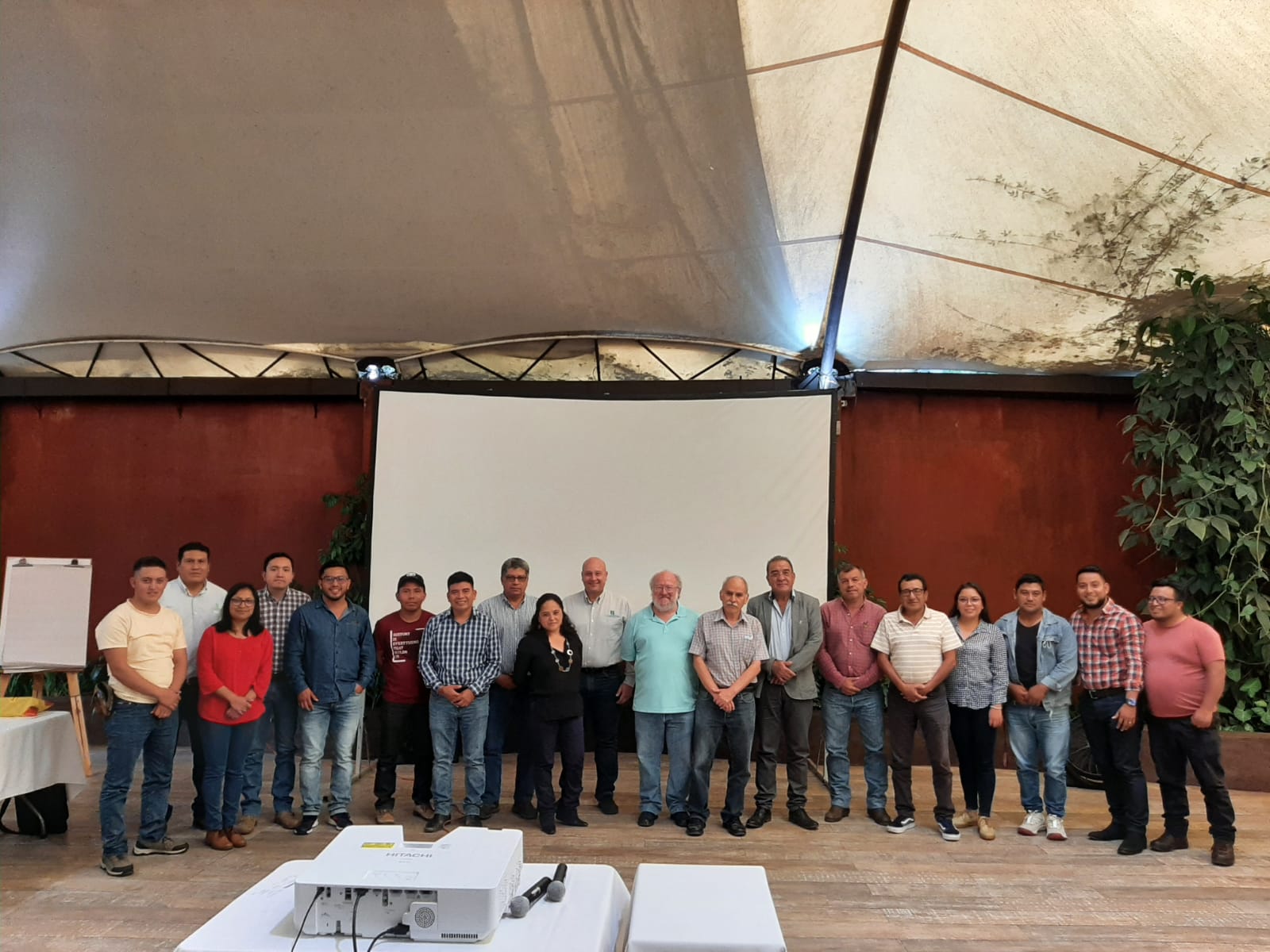
At the same time, Alberto Chassaigne, curator of the Maize Collection of CIMMYT’s germplasm bank, participated in the course on Genetic Resources and Management of Germplasm Banks. He explained the management of CIMMYT’s germplasm bank, the processes that are carried out and the partnerships with ICTA on work with community seed banks and the plans of both institutions for 2023. Also, as a specialist in Seed Systems, Chassaigne and Ubaldo Marcos, research assistant in CIMMYT’s Maize Seed Systems area, gave a course on Maize Seed Production. This course was aimed at staff in charge of the production of basic and certified seed at ICTA. This course concluded with a field day at the Regional Research Center of the South (CISUR, in Spanish), Cuyuta, Escuintla, where participants asked the specialists questions while visiting a maize seed production plot.
In turn, María de los Ángeles Mérida, a researcher specializing in genetic resources from ICTA, who organized these courses, spoke about the collection and conservation of native varieties of maize in Guatemala. Additionally, César Azurdia, CONAP biodiversity advisor, gave a presentation on wild relatives of different crops in Guatemala. Leslie Melisa Ojeda C. (CONAP) also participated, and spoke about the issue of legislation on crop wild relatives; and, Mynor Otzoy, a researcher from Universidad de San Carlos de Guatemala, spoke about the collection and morphological characterization of cocoa germplasm in Guatemala.
Along the path of constant strengthening of collaboration ties with countries, course participants highlighted their interest and need to continue this type of training. In 2023, it is expected to facilitate a team training with Ubaldo Marcos and Félix San Vicente, CIMMYT maize breeder for Latin America. It should be noted that, within the framework of the CGIAR germplasm bank initiative, the objective will be to replicate this experience in other Latin American countries and increase participation in community seed banks (ex situ and in situ banks).
